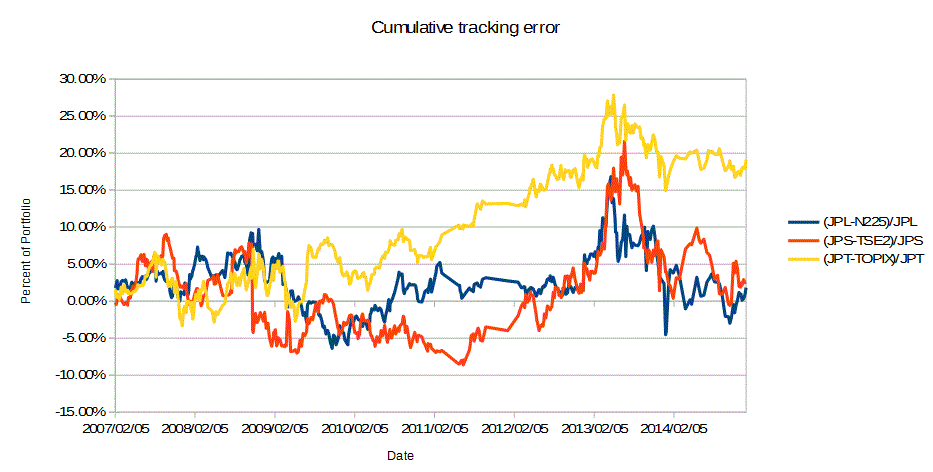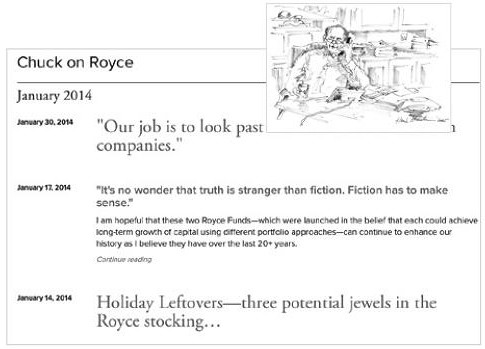ADRs Invest In Foreign Companies With Ease Small Cap Bear
Post on: 14 Июнь, 2015 No Comment

For U.S. investors, investing in the Nasdaq, NYSE or AMEX is relatively simple. Place a trade order by calling your broker or simply by doing it through an online account. But how about investing in a company that is listed on a foreign exchange. Would you even know where to start. How do you find a broker that can provide such a service. How do you trade at different prices and currency values. In short, it is much more difficult to do that.
This problem was solved by U.S. banks and brokerage firms with the introduction of American Depositary Receipts (ADRs). U.S. banks simply purchase a bulk lot of shares from the foreign company, bundle the shares into groups, and reissues them as an ADR stock on American stock markets. In return, the foreign company must provide detailed financial information to the sponsor bank/brokerage firms. This makes investing in foreign companies as easy as investing in U.S. companies.
An ADR Example
ADR is a medium in which foreign stocks trade on U.S. stock markets just like regular stocks. Let us take an example of Nintendo NTDOY ( Japanese gaming console manufacturer ) to understand more about ADR. Nintendo is not listed on the American stock markets. Say a U.S. investor wants to buy stocks of Nintendo after their success with Wii. How does he do. Thanks to the U.S. banks he can buy Nintendo ADR. U.S. banks buy millions of stocks of Nintendo from the Tokyo Stock Exchange (TSE) and reissue it on the American stock markets. Pricing of the ADR is done based on the stock price of Nintendo on TSE and the exchange rate of Dollar v/s Yen.
At times after the currency conversion, the ADR stock price might be say around $1-$2. This is not favorable to most investors, since they would consider it as a penny stock with high risk factor. In such situations, bank upgrades the price by setting a ratio (say 1:10). This ratio would change the price to $10-$20 instead of $1-$2. Majority of ADRs range between $10 and $100 per share.
More than 2,000 foreign companies provide this option for U.S. investors interested in buying shares.
How the price of an ADR is determined
Lets use another example to give you a better idea of how the ADR pricing process works. Suppose a recent boom in the popularity of Bloody Mary drinks has increased the prospects for the vodka industry. Russian Vodka Inc. wants to list shares on the NYSE to gain exposure to the U.S. market and to tap into the growing demand for vodka.
Russian Vodka already trades on the Russian Stock Exchange at 127 Russian roubles, equivalent to $4.58. Lets say that a U.S. bank purchases 30 million shares from Russian Vodka Inc. and issues them in the U.S. at a ratio of 10:1. This means each ADR share you purchase is worth 10 shares on the Russian Stock Exchange. A quick calculation tells us that the new ADR should have an issue price of around $45.80 each.
Once an ADR is priced and sold on the market, its price is determined by supply and demand, just like an ordinary stock. However, if the U.S. price varies too far from the Russian price, a profit making opportunity may arise. ADRs tend to follow the general trend of the home country shares, but this is not always the case. (Source: Investopedia)

Benefits of ADRs
ADRs turns out to be a win-win situation for both, the U.S. investors as well the foreign companies. Foreign companies get the exposure they need to U.S. equity markets, where as the U.S. investors have a medium to invest in foreign companies. Let us look at some of the benefits of ADRs.
- Easy and cost-effective way to buy shares in a foreign company.
- Reduces administration costs and avoids foreign taxes on each transaction.
- No need to become familiar with foreign stock markets.
- No need to deal with the delays that can occur in foreign markets.
- All transactions are executed in U.S. dollars.
- Financial reporting tends to be more complete.
Risks involved with ADRs
Investors should always keep in mind that they are still investing in a foreign equity. In addition to the risks associated with domestic investing, international investing has unique risks, such as currency fluctuations, political and social changes, and greater share price volatility.














